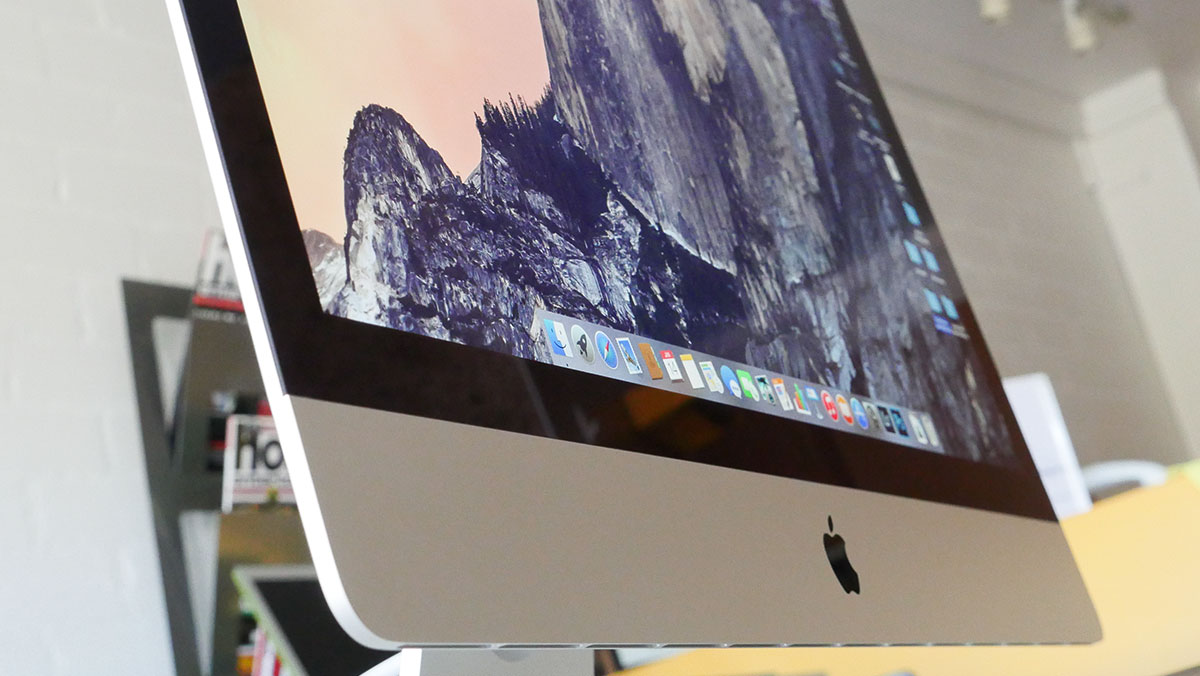
As Artificial Intelligence (AI) journalism will change the content publishing tools and techniques, AI journalism will also create a revolution — a shift from “digital marketing” to what I call “Robot Marketing”.
This post explores how the Fourth Industrial Revolution and Artificial Intelligence will control digital marketing, and bring in a new revolution greater than digitisation — Robot Marketing concept or Robotization of Marketing.
What is Robotization of Marketing?
Robotization of Marketing is a new mechanism which includes the managing of marketing data on the one hand, the manufacture of different global marketing strategies, and the use of new technologies such as robots, blockchain, and big data analysis in accessing user data, and customer to ensure the effectiveness of new marketing, on the other.
- Read also: 10 ways AI Journalism is changing the world
Robotization of Marketing will primarily be based on Artificial Intelligence, and the Fourth Industrial Revolution techniques.
Looking at the current situation of the world spending in Digital marketing; spending on digital marketing grew by 44 percent last year in the United States and Britain to $52 billion, a study has found, estimating that global outlays on such tactics are approaching $100 billion, according to Reuters report.
In contrast to placing online ads through intermediaries, digital marketing, or “martech”, has the appeal of enabling brands to target consumers directly via social media, search-engine optimization or voice-activated assistants, such as Amazon’s (AMZN.O) Alexa.
The issue of ‘brand safety’, which can be jeopardized when ads appear next to unsuitable online content, has also frustrated marketers and encouraged them to seek greater control over how they target audiences.
“Clearly marketers are seeking to build in-house strength and are set to spend more on martech to remain competitive,” said study author Damian Ryan, a partner at UK accountancy firm Moore Stephens.
Robotization of Marketing and the fast growing digital world
Robot marketing will strongly contribute to enabling brands to target consumers directly via social media, search-engine optimization or voice-activated assistants, and the new technologies of the 4IR.
According to the World Economic Forum report, around 2.5 Quintilian bytes of data are created every single day.
One of the most significant sources of this data is consumers, whose online browsing, past purchases and payments leave huge trails of information.
For many consumer enterprises, having a ‘stake’ in this data flow, and creating value from it, will be the keystone around which their business model is built.
There will be significant opportunities for companies to leverage consumer data: either by using it to improve services and personalize marketing messages or by offering services to reassure consumers about the security and privacy of their information online.
- Read also: New Robot Traffic Cop
At the same time, growing consumer activism and regulatory reforms reflect society’s increasing data privacy and transparency concerns.
Marketing elements
The AI journalism, through Robot marketing will create a direct effect on marketing elements such as: Customer behaviors, generating the marketing content, creating new Influences & Social Media Marketing, produce a huge data and disruptive Techniques; also, it will present creative digital transformation and new strategies in Marketing.
AI journalism and Robot Marketing will reduce the cost of digital marketing by less than half, Robot Marketing create personal entities that are “run by individuals» rather than institutions.
If we have a look to the main player in the Digital Marketing industry, Google will remain the largest digital ad seller in the world in 2019, accounting for 31.1% of worldwide ad spending, or $103.73 billion.
Facebook will be No. 2, with $67.37 billion in net ad revenues, followed by China-based Alibaba, at $29.20 billion,Though Amazon has been steadily chipping away at the Google-Facebook duopoly in the US, it will be a smaller player on the global stage, with $14.03 billion in ad revenues.
That still makes it the fourth-largest digital ad seller worldwide, however, according to PRO Digital Ad Spending report 2019, the continuing shift toward digital advertising doesn’t mean that traditional channels will be neglected in 2019.
In fact, advertisers across the globe are beginning to strategies how to effectively leverage both traditional and digital advertising and more closely mirror how their audiences consume media.
- Read also: Artificial Intelligence and Making Films
That’s part of a larger trend of convergence within the total marketing and advertising landscape, according to PRO Digital Ad Spending report 2019
The big players in Robotization of Marketing will include not just ‘human influencers’ but also Robot Influencers.
Artificial Intelligence powered organisations, who will manage massive customers all over the world, need to leverage the global mega trends of AI supporting by Artificial Intelligence journalism and the Fourth Industrial Revolution new techniques.










